Unmasking Traffic Accident Injuries: Sleman’s HDSS Insights
Motorcycle accidents represent a significant public health challenge in Indonesia, particularly impacting young adults under 45 years old. This demographic is characterized by high mobility and a preference for motorcycles as a primary mode of transportation, contributing to a disproportionate number of severe injuries compared to older age groups (≥ 45 years).
Demographic Profile of Motorcycle Accident Victims
Research consistently shows that younger age groups (<45 years) are more frequently injured in motorcycle accidents due to their higher engagement in motorcycling for daily activities. Studies in various settings, including Sleman, corroborate this trend, underscoring the need for targeted safety measures for younger riders.
Gender Disparities and Age-Related Risk
Men are disproportionately affected by motorcycle accidents, a trend observed globally. Furthermore, the severity of injuries among older adults (≥ 45 years) is notably higher, often attributed to age-related physiological changes and the resurgence of motorcycle use among older demographics for leisure and mobility.
Urbanization and Socioeconomic Factors
Urban areas exhibit higher rates of motorcycle accidents due to increased traffic density and mobility demands. Surprisingly, a higher level of education seems not to be a protective factor. In fact, individuals with higher education levels and professional occupations may engage in more frequent and riskier commuting practices, necessitating tailored educational initiatives on safe riding behaviours. Moreover, socioeconomic status does not significantly correlate with injury severity, suggesting that environmental factors such as road infrastructure and traffic management play pivotal roles in accident prevention.
To improve motorcycle traffic safety in Indonesia, several educational strategies could be created or improved:
- Targeted Safety Campaigns: Develop and implement educational campaigns tailored to different age groups, emphasizing safe riding practices and defensive driving techniques.
- Integration into School Curricula: Introduce road safety education early in schools to instil responsible behaviours among future riders.
- Community Engagement Programs: Collaborate with local communities to raise awareness about the risks associated with motorcycle use and promote adherence to traffic laws.
- Enhanced Infrastructure: Improve road infrastructure, particularly in urban areas, to accommodate growing motorcycle traffic safely.
- Regulatory Enforcement: Strengthen enforcement of traffic regulations, including helmet laws, speed limits, overpassing rules to deter risky behaviours.
The study on motorcycle accidents in Sleman highlights the urgent need to address public health challenges, aligning with SDG 3 (Good Health and Well-being) by aiming to reduce injuries and fatalities through targeted safety campaigns and improved infrastructure. Achieving this can be accomplished through targeted safety campaigns that emphasize essential practices, including helmet use, responsible driving, and strict adherence to traffic rules. Integrating road safety education into school curricula supports SDG 4 (Quality Education), fostering responsible behaviours among young riders. By nurturing responsible behaviours among young riders, it will create a ripple effect. Students become advocates within their families, influencing safer practices beyond the classroom. Finally, the collaborative efforts between local communities, educational institutions, and regulatory bodies underscore the importance of SDG 17 (Partnerships for the Goals), demonstrating how multi-stakeholder partnerships can effectively address complex public health issues.
By addressing the specific demographic characteristics and behavioural patterns identified through studies like those in Sleman HDSS, Indonesia could effectively mitigate the impact of motorcycle accidents. Educational interventions targeting both young and older riders, combined with improvements in infrastructure and regulatory enforcement, are essential steps towards creating safer road environments nationwide. This approach not only aligns with global research on motorcycle safety but also acknowledges the unique challenges and opportunities for intervention within Indonesia’s diverse demographic landscape.
By: Antoine Saucourt & Dewi Caesaria Fitriani
Editor: Septi Kurnia Lestari
Sources:
Mariana, A., & Dewi, F. (2018). Cedera akibat kecelakaan lalu lintas di Sleman: data HDSS 2015 dan 2016. Berita Kedokteran Masyarakat, 34(6), 230-235. DOI: https://doi.org/10.22146/bkm.28380

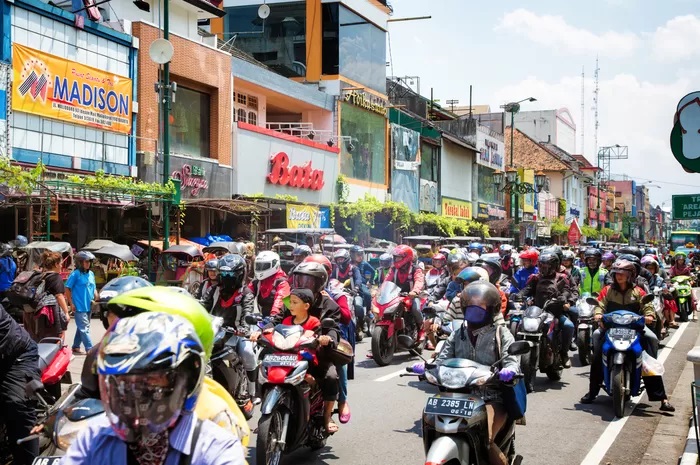
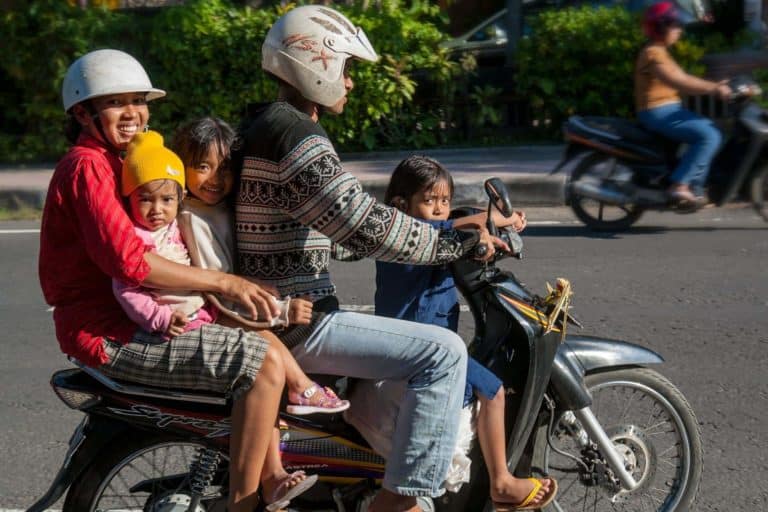
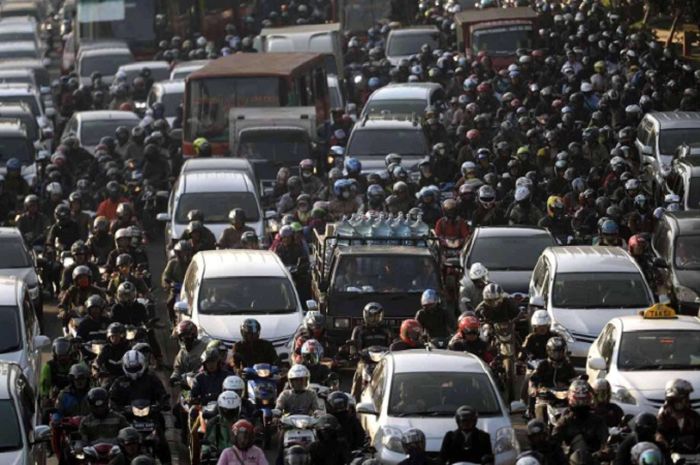
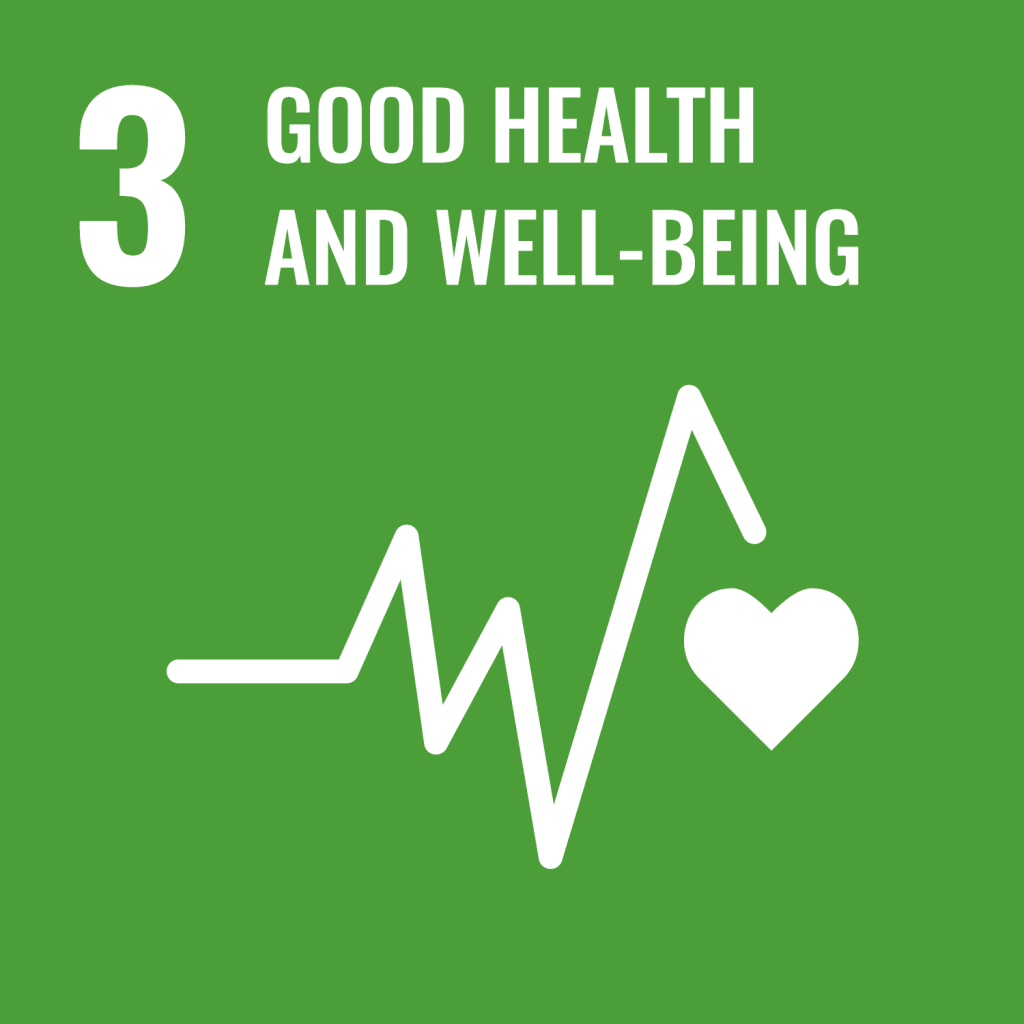
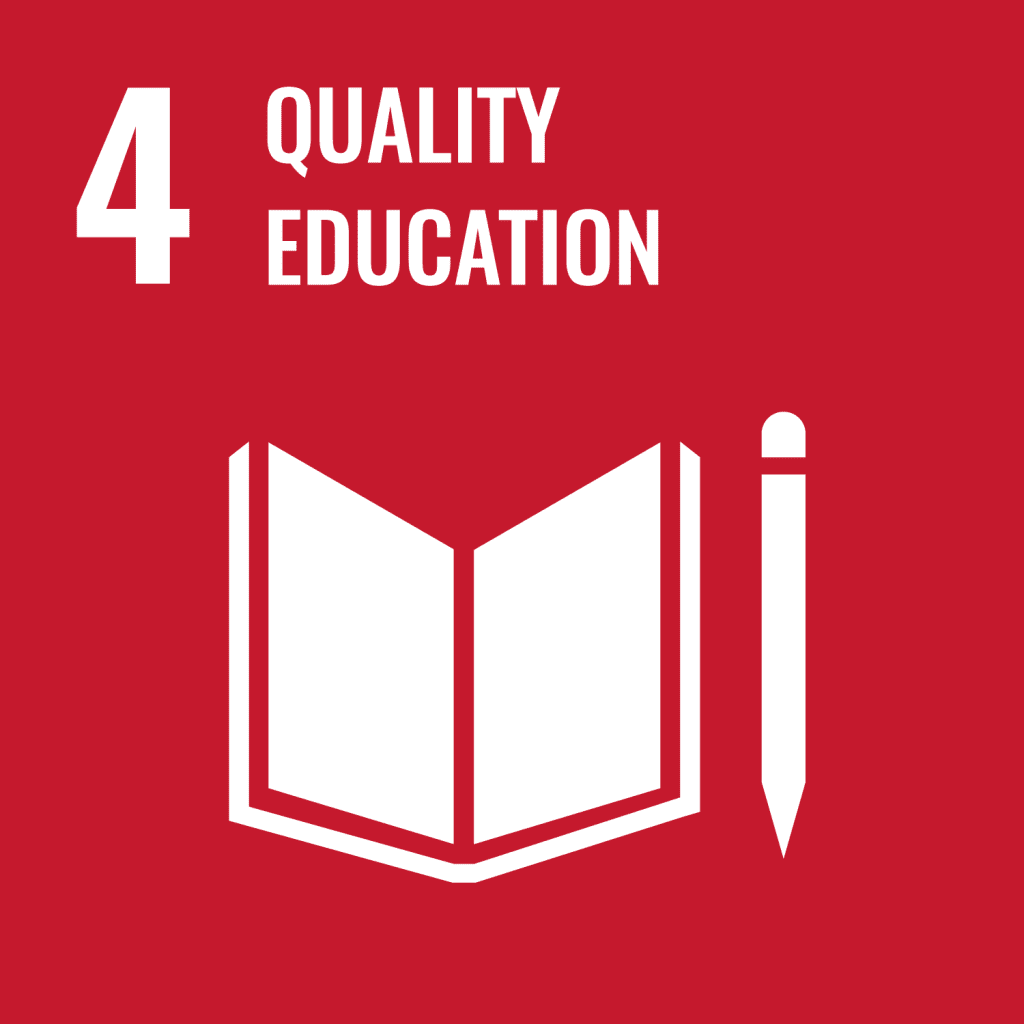

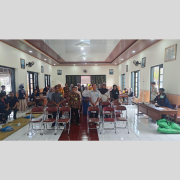


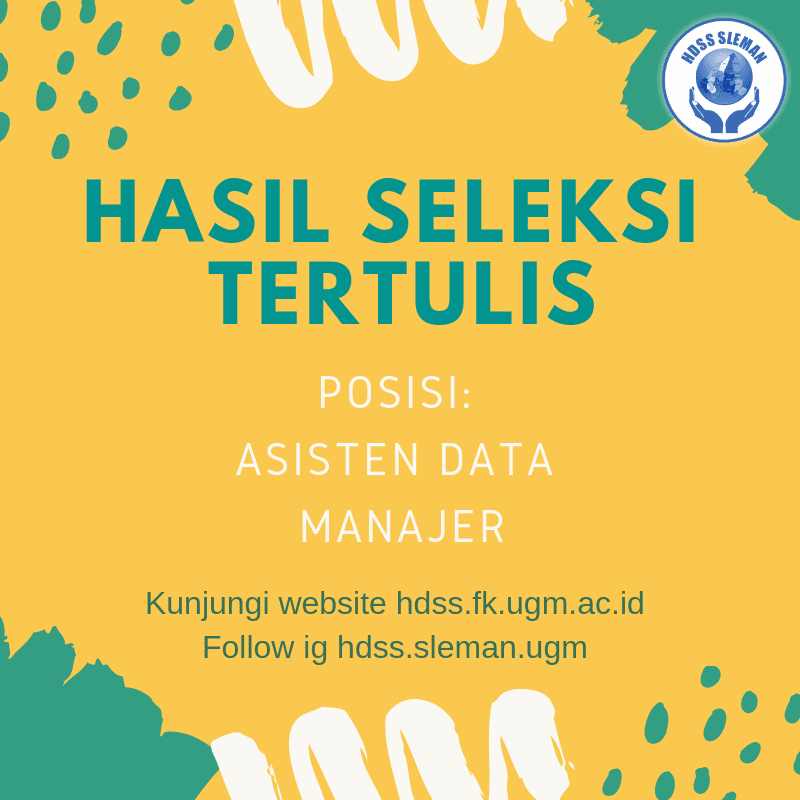


Leave a Reply
Want to join the discussion?Feel free to contribute!